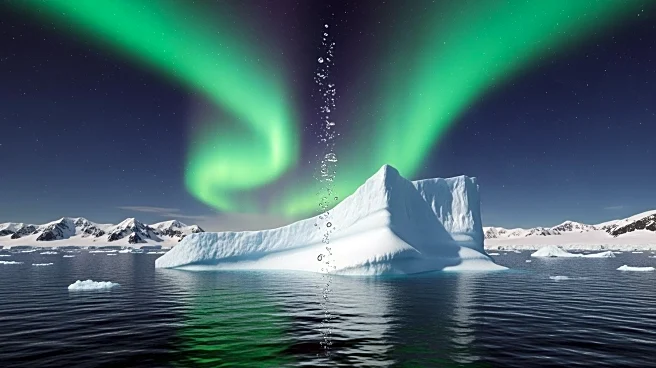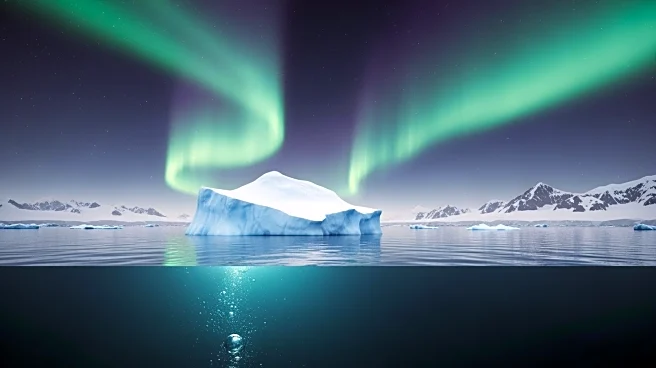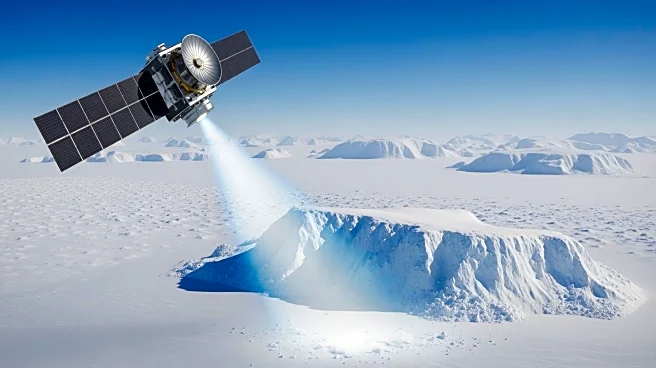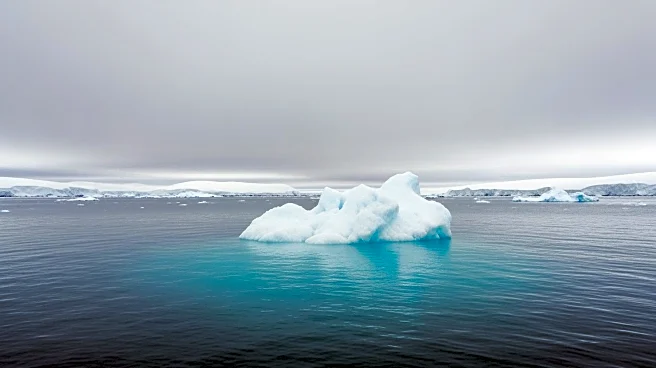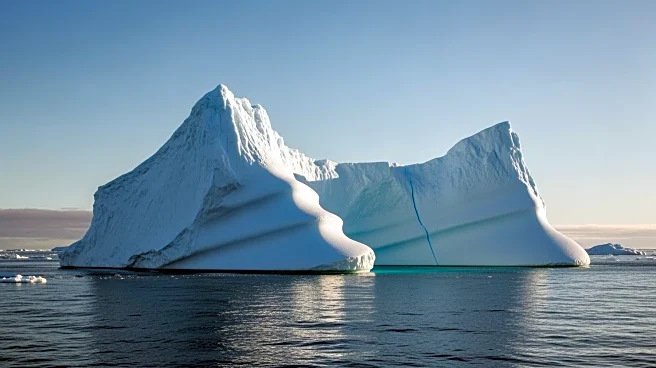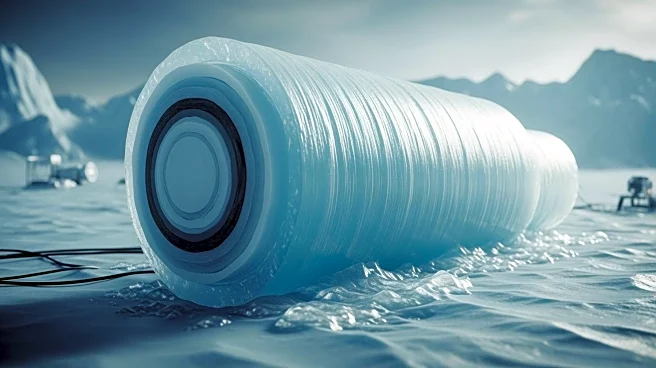What's Happening?
A recent study has uncovered that the Southern Ocean emits significantly more carbon dioxide during the Antarctic winter than previously estimated. Led by scientists from the Second Institute of Oceanography,
Ministry of Natural Resources, and the Nanjing Institute of Geography and Limnology, the research found that wintertime CO2 emissions have been underestimated by up to 40%. The Southern Ocean plays a crucial role in regulating the global carbon cycle, absorbing a substantial amount of carbon released by human activities. However, the region's carbon dynamics during winter have remained largely uncertain due to the lack of direct observations. Traditional satellite sensors, which rely on sunlight, are unable to collect data during the dark Antarctic winter. To address this, researchers utilized LIDAR technology from the CALIPSO satellite mission, which uses laser signals to gather data even in darkness. This approach allowed the team to create the first continuous record of winter CO2 exchange in the Southern Ocean, revealing a more complex carbon cycle than previously understood.
Why It's Important?
The findings of this study have significant implications for global climate models and carbon budget calculations. By filling a critical data gap, the research provides a more accurate understanding of the Southern Ocean's role in the global carbon cycle. This information is vital for climate projections and policy-making, as it influences the calculations used by organizations like the Intergovernmental Panel on Climate Change (IPCC). The study also highlights the potential of combining advanced satellite sensing technologies with machine learning to improve our understanding of remote and dynamic regions of the planet. This could lead to more precise climate predictions and inform strategies to mitigate climate change impacts.
What's Next?
The study's results may prompt further research into the Southern Ocean's carbon dynamics, particularly during the winter months. Scientists could explore additional regions and factors influencing CO2 exchange, such as sea ice and biological activity. The new 'three-loop framework' introduced by the researchers offers a basis for future studies to examine how different physical and biological factors affect carbon movement in the ocean. Additionally, the use of LIDAR technology and machine learning could be expanded to other remote areas, enhancing global climate models and improving our understanding of Earth's climate system.
Beyond the Headlines
The study underscores the importance of technological advancements in environmental research. By utilizing LIDAR technology, scientists can overcome traditional limitations and gather data in challenging conditions, such as the dark Antarctic winter. This approach not only improves our understanding of carbon dynamics but also opens new avenues for studying other environmental phenomena in remote regions. The integration of machine learning further enhances data analysis, allowing researchers to uncover complex patterns and interactions within the Earth's climate system.
